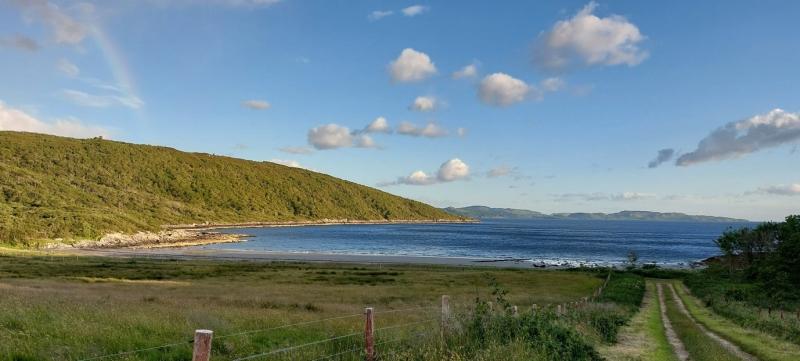My name is Sam Tiéfolo Diabaté, I am a PhD researcher based in Maynooth University, Ireland. My research focuses on the links between changes in ocean currents and coastal sea-level variability. This leads me to investigate boundary currents such as the Gulf Stream, the Kuroshio, and the (much smaller) European Slope Current.
I work under the supervision of Dr Gerard McCarthy and we are part of the A4 group and the Irish Climate Analysis Research UnitS (ICARUS). A4 stands for Aigéin, Aeráid, agus athrú Atlantaigh, Irish for Oceans, Climate, and Atlantic Change. During the Summer 2022, a CLASS fellowship allowed me to join as a visiting scientist the Scottish Association for Marine Science (SAMS) in Oban, Scotland. There, I learned from Dr Neil Fraser, a brilliant researcher, specialist of the European Slope Current and the Atlantic Overturning Meridional Circulation (AMOC). The AMOC is a system of northward surface currents and equatorward deep currents in the North Atlantic forming the Great Ocean Conveyor Belt. It plays a major role in the redistribution of heat on our planet, therefore affecting the climate we live in. The European Slope Current is a current circumnavigating the European shelf and driven by both the winds and poleward density gradients.
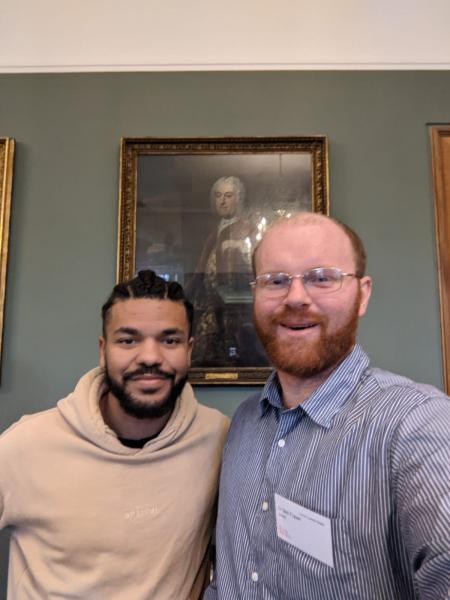
While at SAMS, I researched links between the leading mode of European sea-level variability and the European Slope Current, with guidance from Neil and Gerard. I used observations obtained from satellite measurements, from moored instruments, from underwater gliders, and from tide gauges. Weekly to monthly regional mean sea-level fluctuations on the shelf northwest of Europe reach several tens of centimetres from peak to peak. They feature at the coast and are non-negligible component of extreme coastal sea levels. I was able to show that these changes covary with along-isobath currents on the outer-shelf and on the upper part of the slope. This of course suggests that understanding European Slope Current drivers is of prime importance for coastal adaptation, since circulation changes affect the coastal sea level. One of the known drivers is the wind, and in fact theoretical considerations link the shelf sea level and the currents on the slope with the winds. I presented some early results at the European Slope Current Workshop, which took place in Oban on the 9th & 10th August 2022. The collaboration with Neil is still to this day ongoing, and I am at present writing a publication on these results.
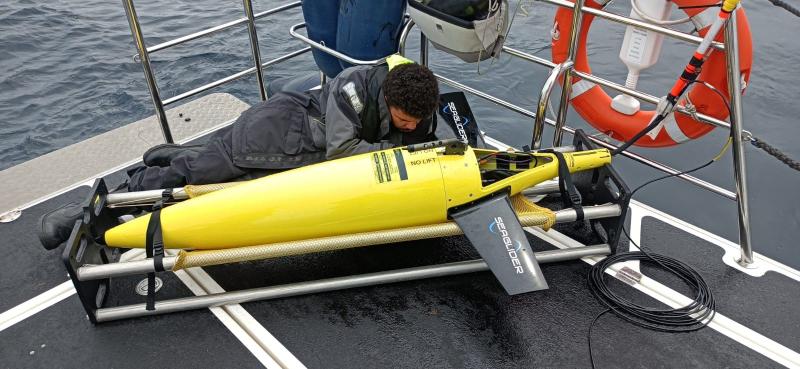
In July, I was part of the SAMS delegation of researchers and technicians taking part in the 2022 campaign of the Overturning in the Subpolar North Atlantic Program (OSNAP). OSNAP is an observational mooring array which monitors the strength of the AMOC. It consists of numerous moorings anchored between the Labrador province of Canada, the southern tip of Greenland and Scotland (see schematic below). The main goal of our cruise, labelled JC238, was to turn around moorings deployed between the Icelandic Basin and Scotland during the previous campaign (2020), allowing to maintain and extend OSNAP as an eight-year old ocean observing system. Turning moorings around is essential to retrieve data collected by moored instruments and to allow for their reconditioning and redeployment. During retrieval, the mooring line is brought in aboard the ship with its instruments. Then, the reverse operation is performed, and a new line with re-fitted instruments is put in the water. Both operations typically last several hours (depending on mooring line length and number of instruments installed).
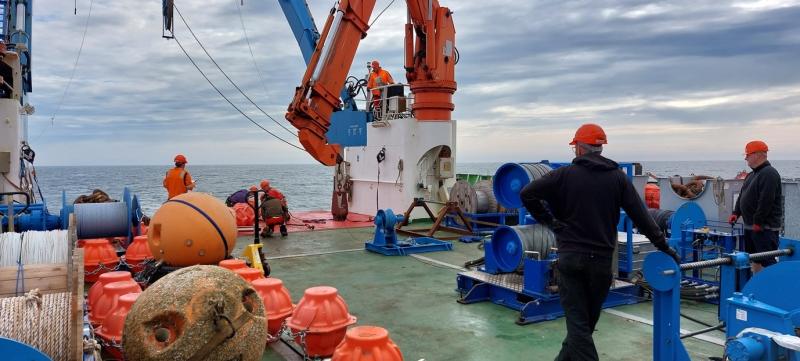
The JC238 campaign took place between 8 July and 31 July 2022 on the Royal Research Ship James Cook, which we embarked in Southampton – right in front of the National Oceanography Centre. On the ship, I worked as part of the SAMS mooring operation team together with DrLewis Drysdale and Estelle Dumont. We worked in close relationship with the UK National Marine Facilities (NMF) technicians onboard. During mooring retrievals and deployments, I assisted Lewis and Estelle on the aft-deck of the ship. Prior to turnarounds, we calibrated and prepared sensors to be deployed. We fitted them with new batteries, set sampling parameters and checked their good operation. For calibration, we mounted the temperature and salinity sensors (microCATS) on the CTD rosette which was casted to perform calibration dips. I was also in charge of the editing and processing of data obtained from the moored single-point current meters and Acoustic Doppler Current Profilers instruments – both these instruments allow to measure currents. Lastly, I was tasked with half a dozen of marine mammal watches. These had to be completed before ramping up the swath sonar bathymetry imaging, which can be harmful to marine mammals. I was specifically trained as a marine mammal observer prior to the campaign and particularly enjoyed doing this job during JC238.
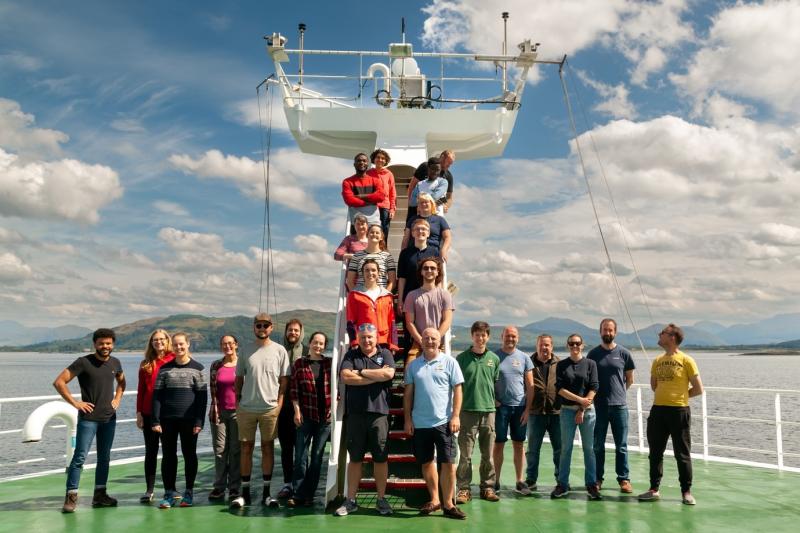
Above all, the summer 2022 was for me an extraordinary human adventure. I want to take this occasion to thank Neil, Lewis and Estelle in particular. They were exceptionally kind and helpful. Also, I met fantastic young, talented researchers (Nele, Adeola, Jack, Phoebe, and many others) and I wish them all the best in their career. Lastly, I want to thank Dr Carla Sands and Prof. Penny Holliday for giving me the possibility to do all this work through the CLASS fellowship.
